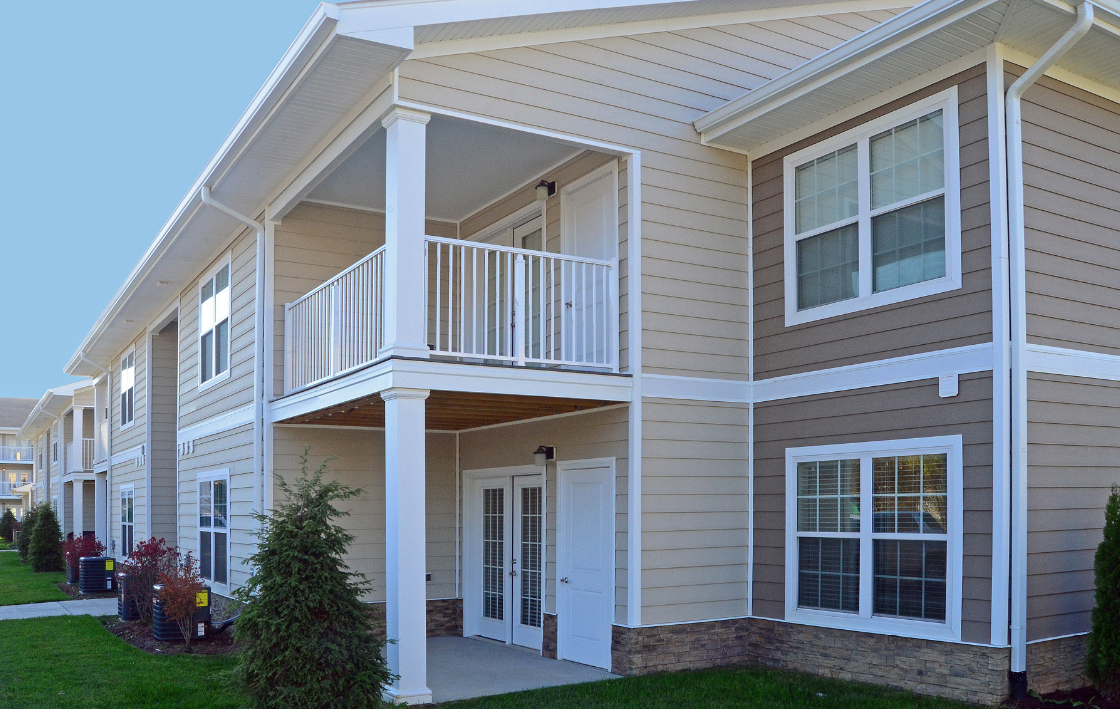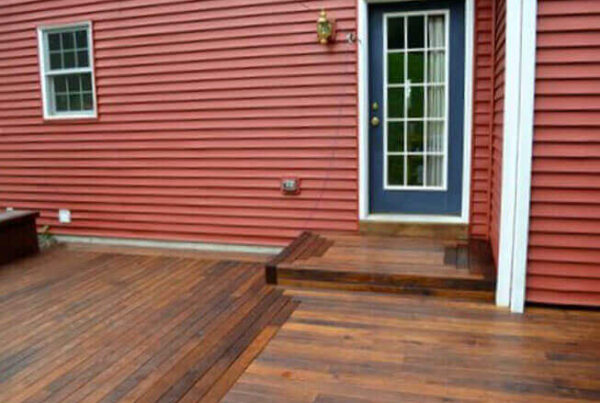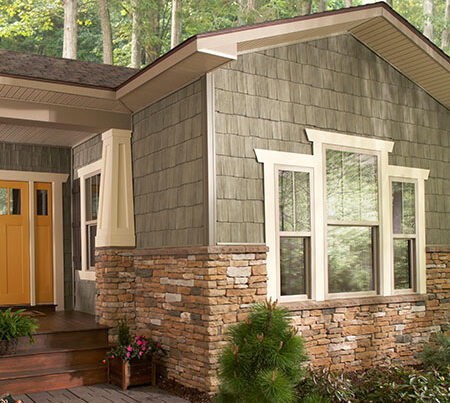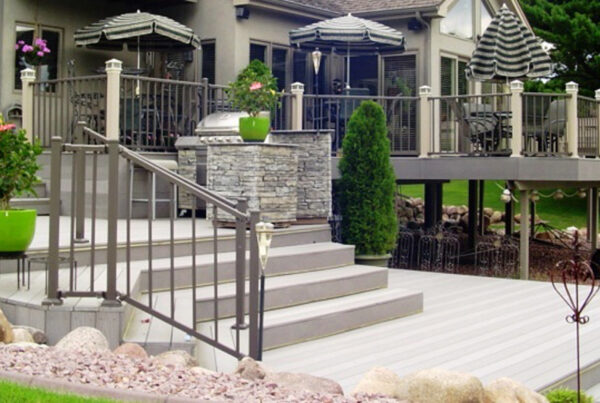
Choosing the right siding for your home is a significant decision that impacts not only the aesthetics but also the durability and maintenance requirements of your property. Composite and natural wood siding are two popular options, each with its own set of advantages and drawbacks. This guide will help you understand the differences between composite and natural wood siding, enabling you to make an informed choice.
Durability
Composite Siding: Composite siding is engineered to withstand harsh weather conditions and resist damage from moisture, insects, and rot. It typically consists of a blend of wood fibers, resins, and other materials that enhance its strength and longevity. Because of its durability, composite siding often comes with longer warranties compared to natural wood.
Natural Wood Siding: Natural wood siding, while beautiful and timeless, is more susceptible to weather-related damage. It requires regular maintenance to protect against moisture, insects, and rot. The longevity of natural wood siding can vary greatly depending on the type of wood and the level of care it receives.
Maintenance
Composite Siding: One of the main advantages of composite siding is its low maintenance requirements. It does not need to be painted or stained regularly, and it can be easily cleaned with soap and water. Composite siding’s resistance to common issues like warping and cracking reduces the need for frequent repairs.
Natural Wood Siding: Natural wood siding demands a higher level of upkeep. It must be painted or stained every few years to maintain its appearance and protect it from the elements. Additionally, homeowners need to inspect natural wood siding regularly for signs of damage or pest infestation and address any issues promptly.
Aesthetic Appeal
Composite Siding: Composite siding is available in a wide range of colors and textures, many of which are designed to mimic the look of natural wood. While it offers flexibility in design, some homeowners may feel that composite siding lacks the authentic charm and character of real wood.
Natural Wood Siding: Natural wood siding offers unmatched beauty and warmth, with each piece displaying unique grain patterns and color variations. For those who appreciate the natural look and feel of wood, this option provides a level of authenticity that composite materials may not fully replicate.
Environmental Impact
Composite Siding: The environmental impact of composite siding can vary depending on the materials used in its production. Some composite siding products are made from recycled materials, which can be a more sustainable choice. However, the manufacturing process for composite materials can be energy-intensive.
Natural Wood Siding: Natural wood siding is a renewable resource, especially when sourced from sustainably managed forests. It has a lower environmental impact in terms of production compared to composite siding. However, the need for regular maintenance products like paint and sealants can offset some of its environmental benefits.
Cost
Composite Siding: The initial cost of composite siding can be higher than that of natural wood. However, its low maintenance requirements and long lifespan often make it a more cost-effective option in the long run. Homeowners may find that the reduced need for repairs and upkeep balances out the initial investment.
Natural Wood Siding: Natural wood siding generally has a lower upfront cost compared to composite. However, the ongoing expenses for maintenance, such as painting, staining, and potential repairs, can add up over time. Homeowners should consider these long-term costs when budgeting for their siding project.
Conclusion
When deciding between composite and natural wood siding, consider factors such as durability, maintenance, aesthetic preferences, environmental impact, and cost. Composite siding offers durability and low maintenance, making it a practical choice for many homeowners. In contrast, natural wood siding provides timeless beauty and authenticity but requires more upkeep. Evaluate your priorities and choose the option that best aligns with your needs and lifestyle. For expert advice and a wide selection of siding materials, visit Sherwood Lumber’s website and explore the possibilities for your home.










